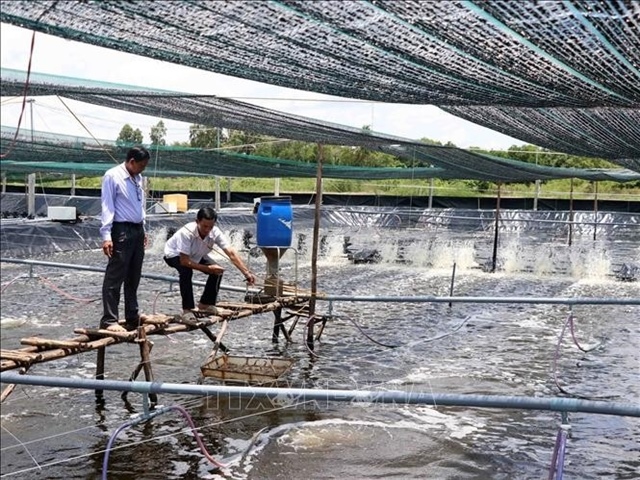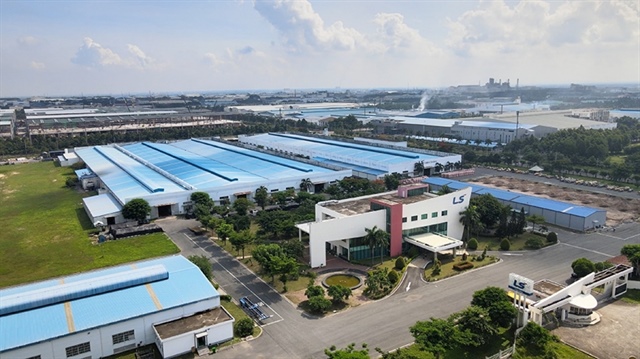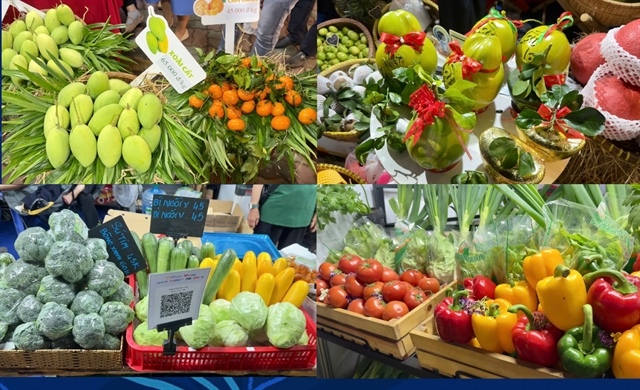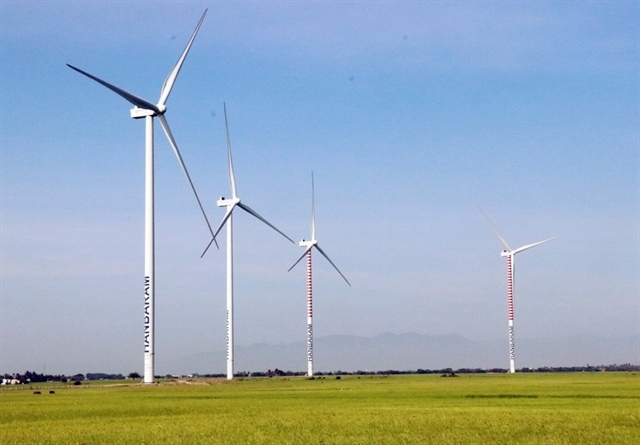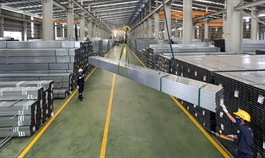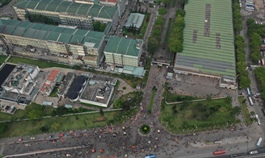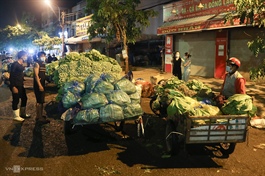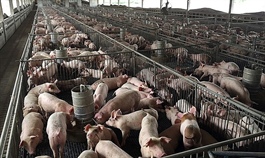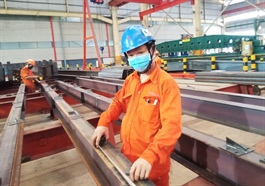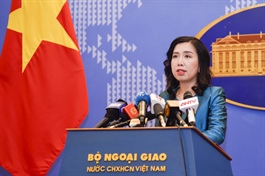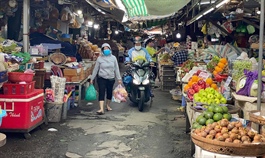Maintaining production chains crucial for Viet Nam
Maintaining production chains crucial for Viet Nam
As exports formed a key component of local economic development, maintaining production chains was crucial for Viet Nam.

In the first six months of the year, exports increased by 29 per cent and orders were rising thanks to the recoveries of the US and China markets, as well as tax incentives from the EU due to the EVFTA agreement, said Nguyen Xuan Thanh, manager of the Fulbright Economics Teaching Programme.
Thanh took part in an online conference hosted by e-newspaper cafef.vn yesterday with other experts to discuss solutions for the economy in the ongoing fourth wave of the pandemic.
“The remarkable increase is due to the demand for Viet Nam's exports from major markets,” he said.
Thanh said Viet Nam was benefitting thanks to the continuing punitive tariffs on China from the Biden administration, whose economic stimulus packages increased the country's purchasing power, especially for goods such as office equipment, furniture, textiles and shoes.
He added though the EU market was still weak, the EVFTA has come into effect, helping Viet Nam's seafood, textile and footwear products to the EU to enjoy preferential treatment, helping increase exports to the EU.
Seeing the opportunities, especially in the context that big competitors like India and Indonesia were in a very complicated situation, Thanh said: “If we successfully control the pandemic in the third quarter, and business activities return to normal, it will be different immediately.”
He said the current growth driver was industrial production for export, so “it is important for workers in large industrial zones to remain safe.”
He added: “It is also necessary to ensure the production of essential goods for the domestic market, and to ensure that the supply chain is not interrupted.”
Do Quynh Chi, of the Research Centre for Employment Relations, told the conference that though there were lots of orders for seasonal goods such as fashion products like shoes and clothes, they required very strict delivery time or would incur penalties, adding that: “It is very difficult for many producers to complete orders to deliver to customers on time.”
Chi appreciated factories in Bac Giang and Bac Ninh for their positive control of the pandemic and said producers should negotiate with customers about reasonable times to complete orders.
Chi mentioned lessons from 2020 when Bangladesh, China and Viet Nam united to ask brands in the EU to share risks with manufacturers and requested them to accept delayed delivery during the pandemic.
“We should not only look at the impact of the pandemic in Viet Nam, but should expand internationally. Because Viet Nam is part of the global supply chain, we need to take a different look and give a common voice to brands. If we make an offer to share between brands and suppliers in Viet Nam, it will be a great support for them to recover from the pandemic,” she added.
Chairman of Thien Minh Group and Chairman of the National Tourism Advisory Board (TAB), Tran Trong Kien put his hopes on a vaccine solution, saying: “I am confident that thanks to the vaccine, we will open our doors.”
Kien said if Viet Nam took action as soon as possible and could vaccinate 70 per cent of the population as planned by year-end, the country could return to normal.
Kien said though the local economy was not that dependent on tourism like Thailand, where the sector contributes about 9.2 per cent to GDP, the industry still supported trade, investment and other activities.
Though many international and domestic research organisations have changed their forecasts for Viet Nam's economic growth in 2021, with worse results than the more optimistic forecast of 6.5 per cent, Thanh from Fulbright said: “The forecasted numbers at this time are not of much significance.”
He said: “The dual goal of maintaining economic activities and safety is more important,” adding: “Growth also depends on the pandemic – if we successfully control it in the third quarter, and business activities return to normal, it will be different immediately.”
Thanh forecast the most positive scenario in the last six months of the year was when the government could fulfil a vaccine commitment of about 150 million doses for local people with priority injections for industrial zones and tourist centres by year-end and reaching 70 per cent of the population vaccinated by mid-2022, Viet Nam could fight the pandemic and maintain production activities for export.
According to the General Department of Viet Nam Customs, in the first six months of 2021, the total export value of the country reached US$158.34 billion, an increase of $35.57 billion, or 29 per cent over the same period in 2020.



